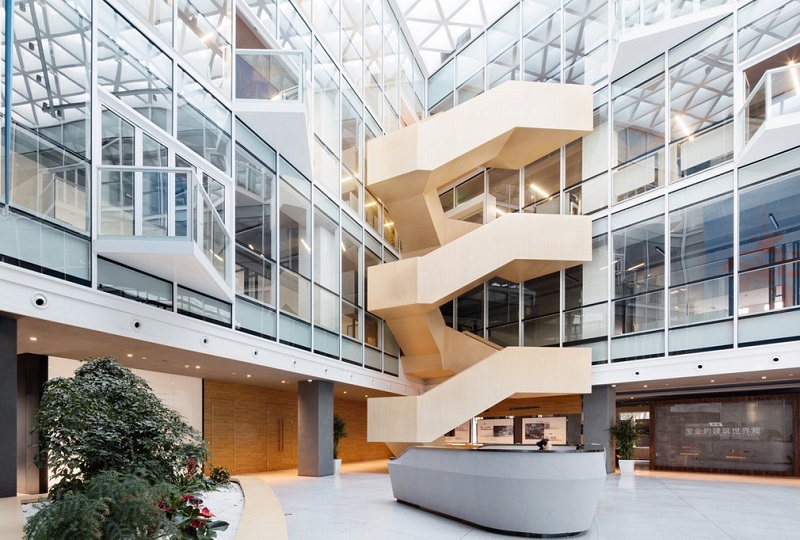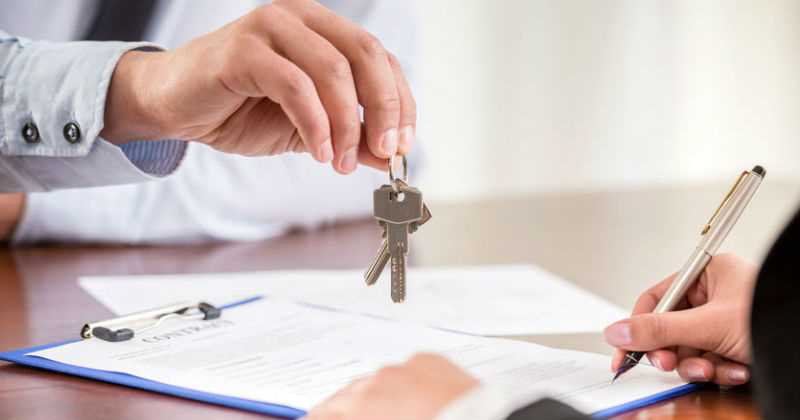Seven key features of sustainable architecture

The sustainable architecture gives greater importance to the environment. It values the efficiency of construction materials, building processes, urban planning and the impact that buildings will have on nature and society. The main basis of this type of architecture is to promote energy efficiency.
Therefore, it is intended that any building does not generate unnecessary energy costs, in addition to being able to take advantage of resources in their environment to operate without having a negative impact on the environment.
Key features of sustainable architecture:
A change of attitude
This type of architecture emerges as a response to the trend of sustainability. It pursues a change of attitude in the design and construction, at the same time that it wants to guarantee the conservation of the environment and respect for the health of the citizens.
That is why in order for a change of attitude to occur in the population, it is necessary to generate conversation around sustainable architecture. On the #SmartWomen day that we made in 2018, experts in the smart city showed their point of view and the latest trends to make the city of the future a reality. One of them, Julia Ayuso, Head of CBRE LAB, delved into sustainability as an essential part of the architecture.
A life cycle
Each building has its own life cycle. It is projected, it is built, it is demolished. Sustainable architecture plans each construction in such a way that it knows what resources it needs at the start and what resources and waste it will leave with its demolition.
Hybrid architecture
Sustainable architecture seeks a relationship of harmony between new technologies, aesthetics and the natural environment. In this way, it seeks to apply the novelties of the technological sector and construction in a real estate project that respects nature and the urban landscape itself. We can have all this without sacrificing the comfort of the inhabitants, responding to human needs in healthy conditions.
Integrated with nature
This relationship with the environment is reflected in the construction itself. Looking to preserve as much as possible the most natural landscape, we find green buildings, which have vertical gardens, among other elements.
This idea of including vegetation responds, in turn, to another need of the human being: block solar radiation. It is something that can also be done with glass or awnings.
The so-called green cover of the roofs is composed of low-rooted plants that bloom on a waterproofing system. In it, you can also find a rainwater collection system that helps avoid evaporation. The water is used, in addition to the maintenance of the plants, to be reused in the building itself once it is filtered.
The efficiency of space
Another key to sustainable architecture is the efficiency of space. One of the most used techniques is to build with an efficient floor system and reducing the overall height of the building.
Floor systems facilitate access to energy and communications and reduce the need for more space to the ceiling. The result: a lower building than normally expected.
Fireproof walls, energy poles or surface conduits are some of the most common elements in the search for an efficient space.
Natural light to save energy
In search of greater efficiency also in saving energy, from sustainable architecture, the building is planned so that it has maximum natural light. A design based on natural light will prevent excess electrical consumption.
Nor can we forget the climate, because the choice of materials for construction will be in line with this.
Waste reduction
The reduction of waste is an idea that is applied during construction and during the life cycle of the building. It is important that this aspect is well planned to minimize the environmental impact of the construction as much as possible. In this sense, sustainable architecture pursues the idea of reusable and reconfigurable materials.
The reusable or reconfigurable material can have a future use, which reduces the waste of the building. Reconfiguring systems according to needs is essential to achieve sustainability throughout the life cycle of infrastructures.



